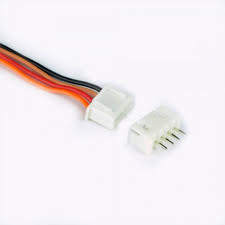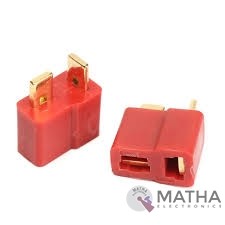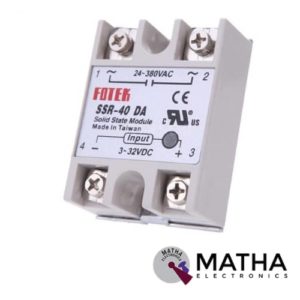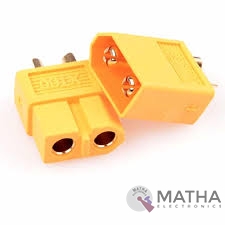SB560 Diode designed as a Schottky barrier chip that offers a low forward voltage drop of 0.65V, and a high forward current of 5A. Basically, these types of diodes have high surge current capacity of 150A with low power loss. It operates on the Schottky Barrier principle. Schottky barrier indicates that a potential barrier of electrons generated at a metal-semiconductor junction.
The Schottky Barrier rectifier diode widely used in RF applications like a mixer or detector diode. Due to its low forward voltage drop features makes crucial to lower levels of power loss contrasted to normal PN junction diodes. Thus makes it ideal for power applications like rectifier.
In this schotkey diode, a connection formed between metal and semiconductor to form the Schottky barrier. In which the metal side functions as an anode and n-type semiconductor works as a cathode. The forward voltage of the diode depends on the selection of combination of the metal and semiconductor. Both p-type and n-type semiconductor can increase Schottky barriers. But p-type semiconductor has a low forward voltage contrast to the n-type semiconductor.
As a forward voltage is inversely proportional to outflow current, that is if this voltage is low then the reverse outflow current is high which is not preferable. Hence, we are using n-type semiconductor material in this diode. Generally, diodes use platinum, tungsten or chromium, molybdenum, palladium silicide, platinum silicide, gold etc. as metals.
As shown in the below figure, when the voltage applied to the diode in such a way that the metal +Ve with respect to the semiconductor. It is a unipolar device as it has electrons as majority charge carriers on both sides of the junction. When these two comes in contact with each other, electrons start to flow in both directions across the metal-semiconductor interface.
















Reviews
There are no reviews yet.